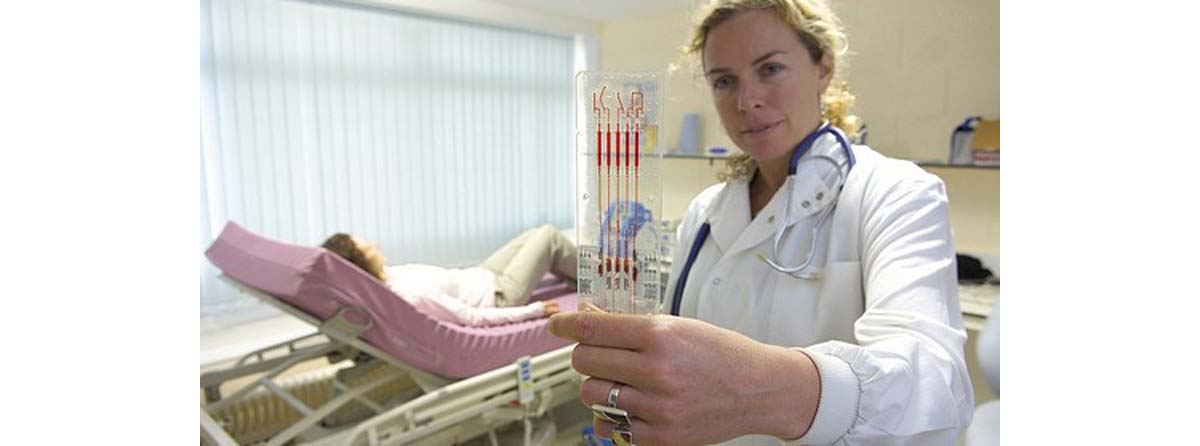Table of Contents
This scenario will be familiar to most of you — you go to see your doctor with certain symptoms, hoping for a quick answer and an even faster cure, only to find that your family doctor wants to conduct a series of diagnostic tests before getting you started with any treatment.
Have you ever wondered what the importance of these tests is? Well, diagnostic tests are tests which aid a physician in the detection or diagnosis of a disease, or to confirm a diagnosis the doctor has already made in their head. The clinician may have a hunch that you are suffering from a particular disease on the basis of the presenting symptoms.

An early diagnosis is imperative for starting early treatment. And the sooner the treatment is started, the better are the chances of curing the disease. At other times, a diagnostic test is done to confirm that you are free from a certain disease.
Diagnostic tests come in three distinct three types:
- Non-invasive diagnostic tests: A sample is collected without performing any invasive procedure. Examples of non-invasive diagnostic tests are taking a throat swab for a culture, collecting urine for urinalysis, etc.
- Minimally invasive diagnostic tests: Examples of such a procedure are fine needle aspiration cytology, endoscopic biopsy, etc.
- Invasive diagnostic tests: Examples are excising of a lymph node or a tumor and then sending it for pathological examination.
It is believed that when a patient understands the nature of the diagnostic test he or she was advised to undergo and is fully aware of its importance, it has a psychological value. Normal test results can be reassuring for the patient. However, care should be taken not to advise unnecessary tests and to interpret the results of the tests carefully.
Some of the commonly advised diagnostic tests in the medical field are as follows.
Chest X-Ray
Chest X-rays are one of the oldest diagnostic tests used to diagnose a variety of lung and heart pathologies. They can give a clue about the presence of a foreign body in the airway, fractured ribs, pneumonia, pleural effusion, cardiomegaly and many other medical conditions. They are ordered based on your symptoms and serve to confirm or rule out certain diagnoses.
For taking a chest x-ray, a technician puts a radiographic plate against your chest and then takes pictures from your front or back and from the sides while you are asked to take a deep breath. Care is taken to expose you to minimum amount of ionizing radiation, which do not cause any harm. However, pregnant women should avoid this diagnostic test in order to avoid any harm to the growing fetus.
Dense structures like bones appear white on an x-ray film as they absorb they x-ray beams. As the x-ray beams do not reach the photographic plate, these parts appear white. However, hollow body parts like lungs allow the beams to pass through them and appear dark on the final image.
- “Guide to Diagnostic Tests,” published on the site of Harvard Health Publications, accessed on August 4, 2013
- “Lumbar Puncture (LP),” published on the site of Medical University of South Carolina, accessed on August 4, 2013.
- Photo courtesy of Matthew Anderson by Flickr : www.flickr.com/photos/montagecomms/2266537573/
- Photo courtesy of Knight Foundation by Flickr : www.flickr.com/photos/knightfoundation/5548132704/


Your thoughts on this